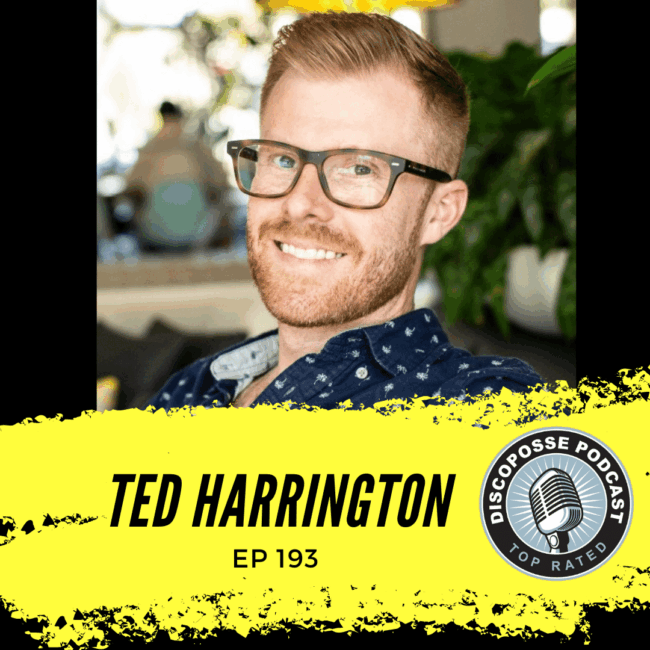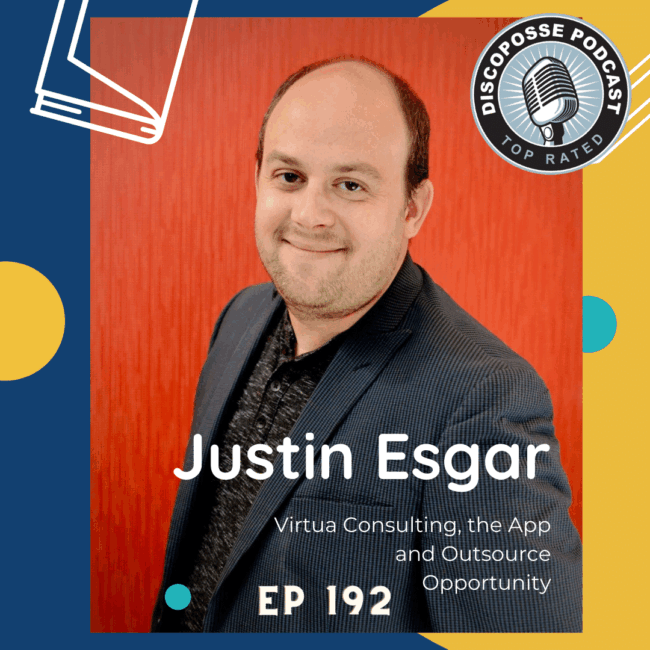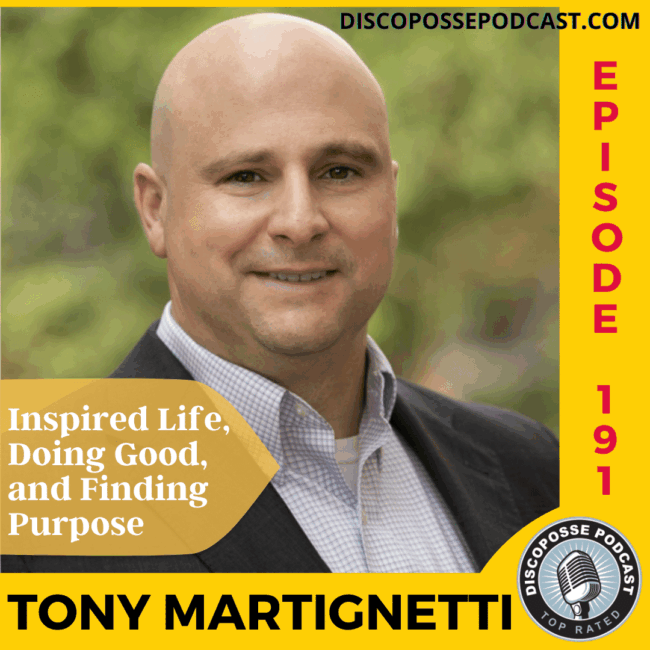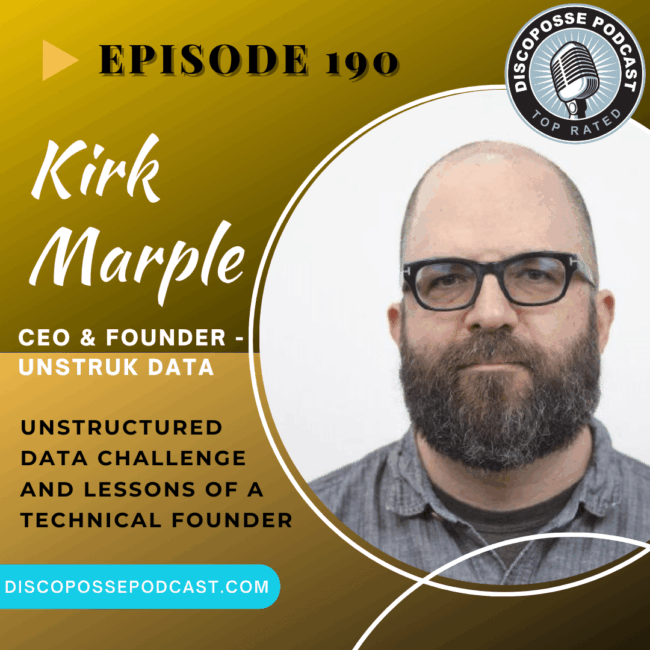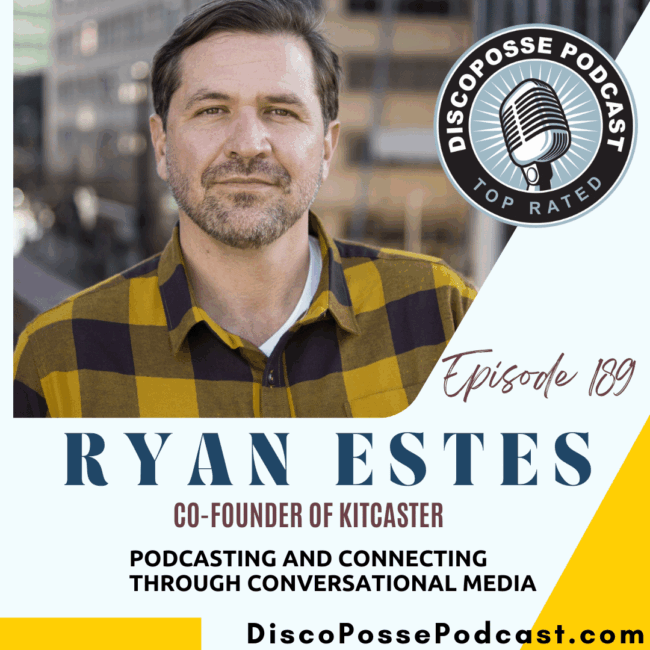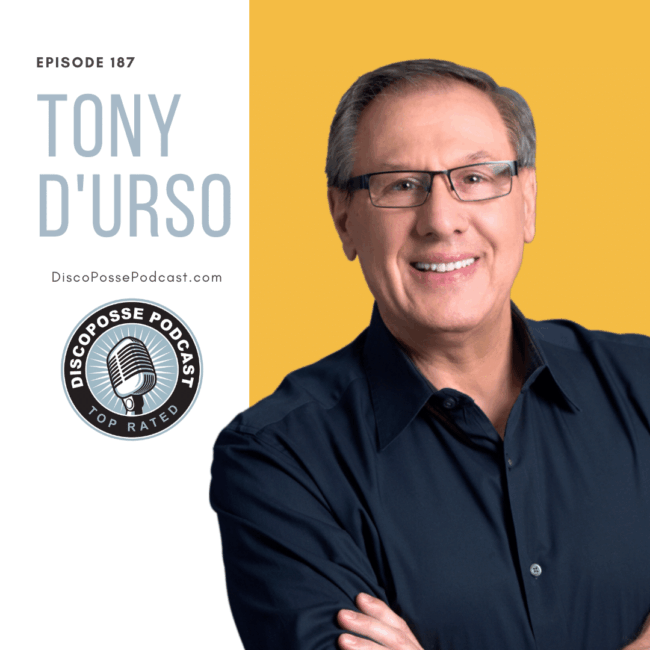Ep 196 Mo Gawdat is Solving for Happy and Unpacking AI Challenges in Scary Smart
After a 30 year career in tech and serving as Chief Business Officer at Google [X], Google’s ‘moonshot factory’ of innovation, Mo has made happiness his primary topic of research, diving deeply into literature and conversing on the topic with some of the wisest people in the world. In 2014, motivated by the tragic loss…




